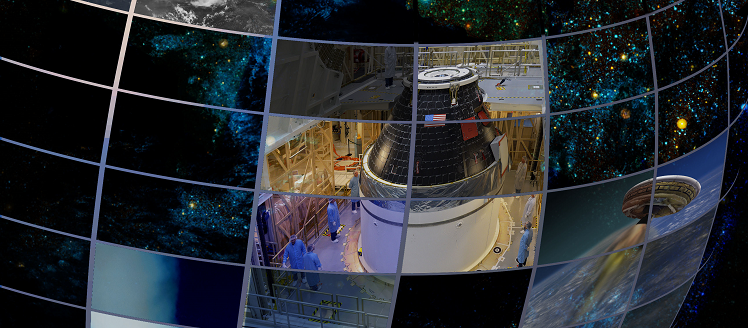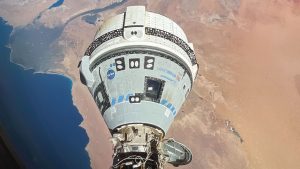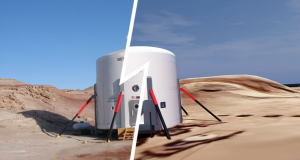NASA Selects Over 100 Small Business Projects to Advance Space Innovation

NASA has selected 133 proposals from U.S. companies to conduct research and develop technologies that will enable NASA’s future missions into deep space and benefit the U.S. economy. The proposals, valued at approximately $100 million total for contract negotiations, were selected under Phase II of NASA’s Small Business Innovation Research (SBIR) program.
“We are pleased to select SBIR proposals from over 112 small businesses,” said Steve Jurczyk, associate administrator for the Space Technology Mission Directorate (STMD) at NASA Headquarters in Washington. “Technology drives exploration, and selection of these projects represents an investment in achieving our space exploration goals and supporting the U.S. innovation economy, as well.”
SBIR Phase II projects will expand on the results of recently-completed Phase I projects. Phase I projects received six-month contracts of as much as $125,000. Phase II contracts are awarded up to $750,000 and the period of performance is no more than two years. Successful Phase II projects may go on to Phase III of the program – commercialization of the innovation.
The proposals were selected according to their technical merit and feasibility, in addition to the experience, qualifications and facilities of the companies, and their work plans and commercial potential. The fundamental requirement, however, is that the proposals answer needs that are core to the agency’s future exploration goals.
NASA’s SBIR program is a competitive, awards-based program that encourages U.S. small businesses to engage in federal research, development and commercialization. The program allows businesses to explore technological potential and provides the incentive to profit from new commercial products and services.
NASA recognizes that businesses create about two out of every three jobs in the United States each year, and about half the workforce either own or work for a small business. Funding provided by NASA for the SBIR program is designed to spur the advancement of innovation that only requires greater capital investment to reach a stage where it can be brought to market. These innovations can then create long-term jobs in the private sector. NASA does not require that technologies funded through the SBIR program be employed exclusively by NASA-funded projects; rather, they can be used by both private and public organizations that can benefit from the latest in Space Age technologies. In fact, as the below video shows, you’d be surprised by some of the places where you can find Space Age technologies that were originally inspired by NASA’s investment into new innovations!
Although proceedings are still pending for the NASA SBIR/STTR Industry Day, there is a chance that some of the innovations being developed using SBIR grants could be featured during this event. The NASA SBIR/STTR Industry Day will be held June 25-27, 2017 at NASA Ames Research Center in Silicon Valley. Some of the technologies currently being funded by the SBIR program that attendees of Industry Day might see include:
- Multifunctional, lightweight metallic materials that can be used to create the advanced structures needed for future deep space missions and next-generation aeronautics capabilities
- Compact, high-powered 3-D LIDAR (Light Detection and Ranging) system for unmanned aircraft that significantly reduces the size and weight of object-detection sensors, with applications ranging from autonomous aircraft to space missions
- A technology that integrates a plastic recycling system, a dry-heat sterilization system and a 3-D printer to create materials that can be used to print food- and medical-grade devices, lowering mission costs and trash generated on long-duration manned missions
- A technology that will allow constellations of individual satellites to fly in precise formation and perform coordinated science, enabling new capabilities such as autonomous rendezvous and docking, and precision formation flying both for human and robotic exploration missions
The SBIR program is managed for STMD by NASA’s Ames Research Center in California’s Silicon Valley. STMD is responsible for developing the cross-cutting, pioneering, new technologies and capabilities needed by the agency to achieve its current and future missions.
NASA Spinoff Reports
NASA on eBay
[ebayfeedsforwordpress feed=”http://rest.ebay.com/epn/v1/find/item.rss?keyword=%28NASA+spinoff%2CNASA%2CNASA+technology+transfer+program%29&sortOrder=BestMatch&programid=1&campaignid=5337337555&toolid=10039&listingType1=All&lgeo=1&feedType=rss” items=”15″]











